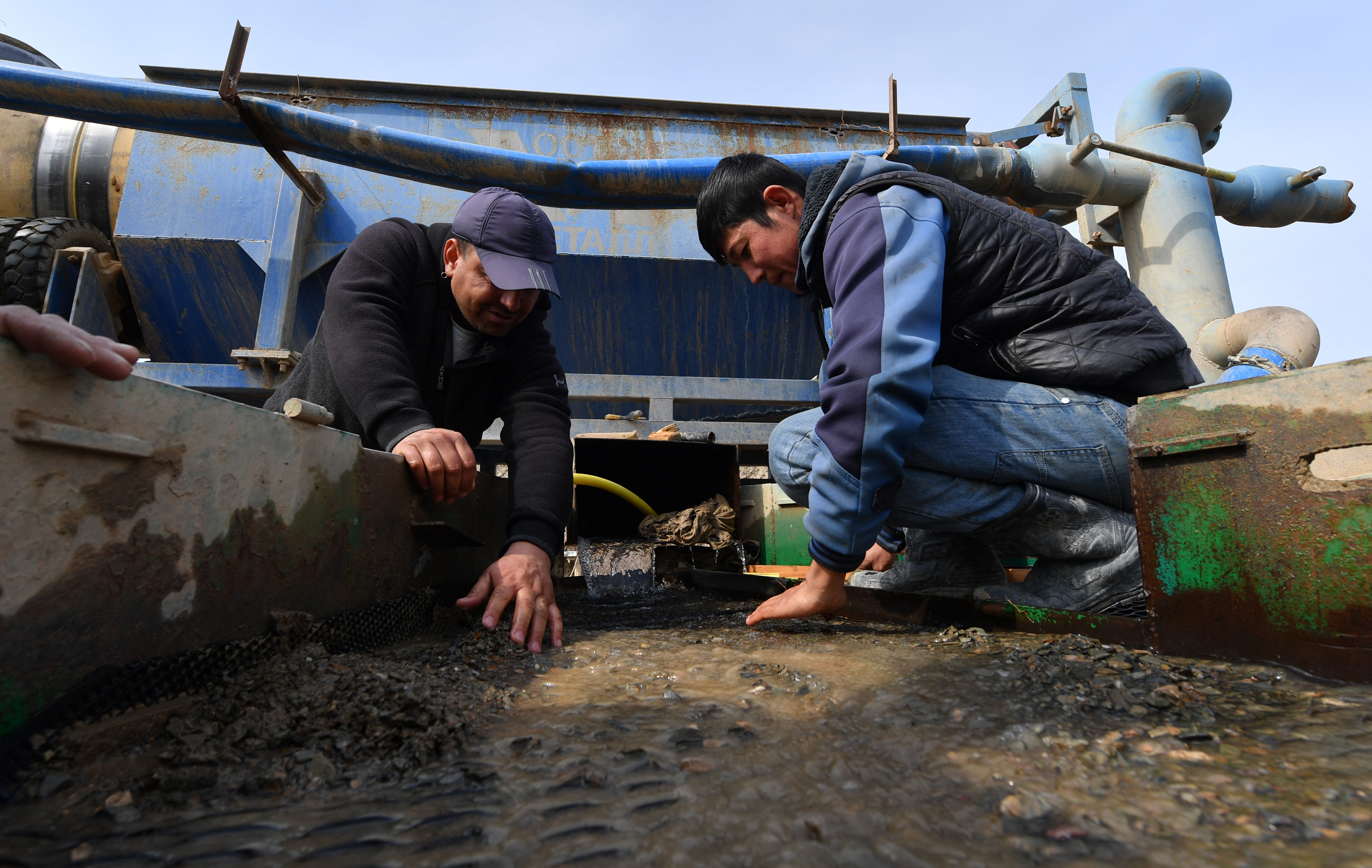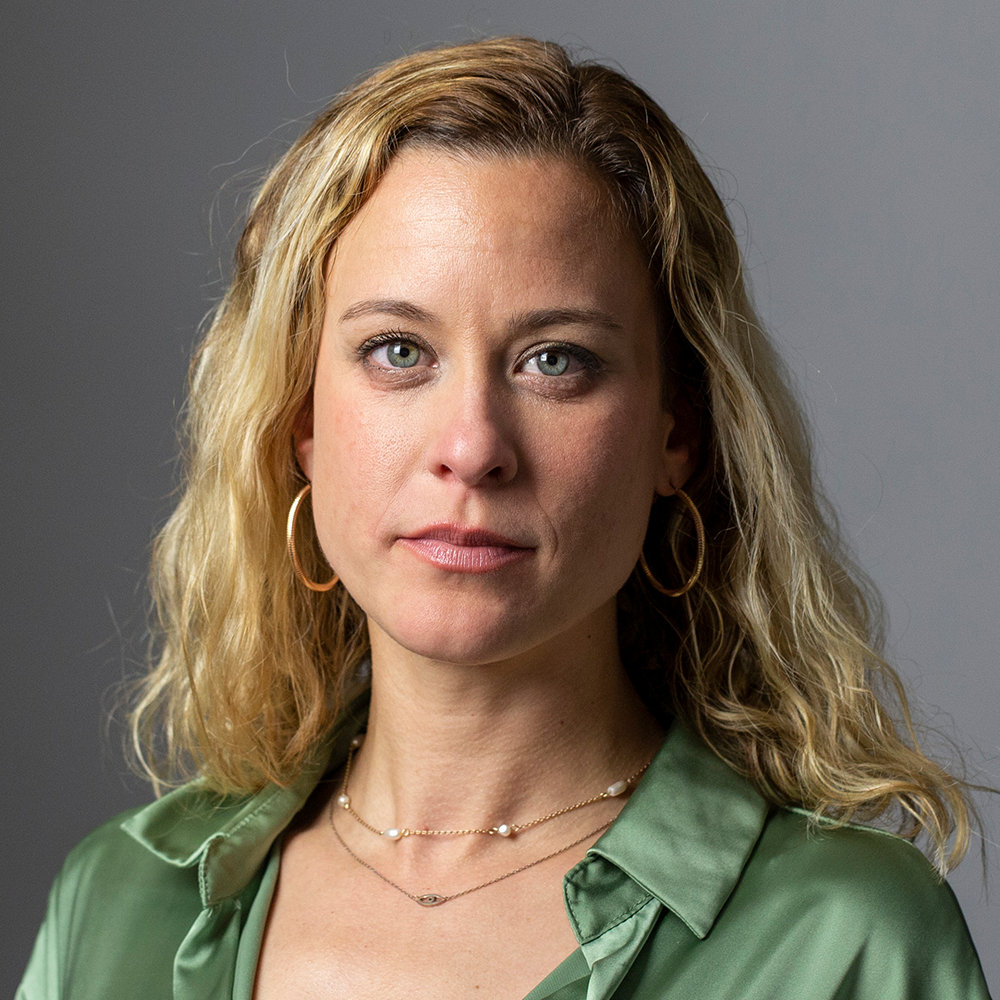America’s Cup: The Billionaire’s Trophy Where $135 Million Disappears in Days
(Bloomberg) — Ernesto Bertarelli might be Switzerland’s wealthiest man, but a $135 million bet on a sailing race is a lot when it risks disappearing in days.
The America’s Cup is a brutal, winner-takes-all event. Every three to four years, teams attempt to build the world’s fastest sailing yacht. Then after just a few weeks of racing, they pack up until the next time. But few people know that the competition for the world’s oldest international sporting trophy is even taking place, let alone that it involves some of the world’s richest people betting hundreds of millions of dollars on turning sailboats into something akin to Formula One racing cars, Bertarelli said in an interview.
“I have so many friends who asked me, what are you doing in September?” he says.
Bertarelli and his family are worth about $28.2 billion, according to the Bloomberg Billionaires Index. Bertarelli has spent the past three years rebuilding his Alinghi Red Bull Racing team after more than a decade away from the competition.
In Barcelona, he’s currently going head-to-head against five other teams, including those of fellow billionaires Jim Ratcliffe, the chemicals magnate who funds the British entry, Patrizio Bertelli, the Prada SpA chairman, and Doug DeVos, scion of the Amway Corp. family.
A sailing fanatic and the first European to win the trophy in its 173-year history, Bertarelli said he hoped people would be watching a sailing version of Drive to Survive, the transformational Netflix Inc. series that hooked American audiences on Formula One.
Instead, he says, at least at the outset, “nobody knows it’s happening.”
America’s Cup boats are capable of speeds of nearly 50 knots, or close to 100 kilometers per hour. They represent the pinnacle of sailing technology and remain a major draw for billionaires. Oracle Corp.’s Larry Ellison was involved across five campaigns and is estimated to have spent some $750 million, according to AP.
Sign up for Bloomberg’s Business of Sports newsletter .
Despite a bout of rapid growth, viewership remains small. The audience on free-to-air TV and online for the Covid-impacted 36th America’s Cup in 2021 reached 68.2 million, a three-time increase from the previous version, according to the organizers. Compare that to Formula One, which recorded a cumulative audience of 1.46 billion people in 2023, amounting to an audience of 67 million people per race, according to Nielsen and Formula One estimates.
Bertarelli’s wealth comes from the sale of his family-controlled pharmaceutical firm in 2006. The 58-year-old also owns a stake in UK supercar-maker Aston Martin, and he’s seen his net worth climb to an all-time high.
Yet he remains focused on sailing. He wants the America’s Cup to rival the greatest sporting events, garnering the same kind of attention as Wimbledon and the Olympic Games.
“We have more legacy than any sport here, the history of this event, the rivalry, the stories, the footage. There’s plenty of material to promote this event,” Bertarelli says. “That’s one of the reasons why I came back, you know, in addition to the excitement of the new boats, the excitement of so much more technology being implemented on this boat, it’s the potential of the sport.”
Bertarelli is back — partnering with Red Bull — in the America’s Cup after more than a decade away from the competition. After winning in 2003 and 2007, his Alinghi team withdrew after the 2010 race, which followed a bitter battle over rules with Ellison that was dogged by litigation.
The billionaire himself is yet to sail his new 23-meter (75-foot) yacht, leaving that for the eight crew onboard. He said he’ll stay in Barcelona for the challenger event, a series of one-on-one races to decide who’ll go up against the defending champion, the New Zealand team that won the last event in Auckland.
Alinghi hasn’t started so well. As of Sunday afternoon, the Swiss team was down 0-4 in the round robin event after a series of races in light winds, while Bertelli’s Luna Rossa sits atop the leaderboard.
The competition still effectively follows the same format it did when a team from the New York Yacht Club, sailing a boat named “America,” beat a British boat in a race off the Isle of Wight in 1851. The winner gets to decide the location and terms of the future competition and has a guaranteed spot in the final, with minimal input from the majority of rivals.
DeVos, the team principal behind the American entry, says the winners have always called the shots.
“It’s like the Lord of the Rings, once you’ve got it, you never want to give back. So there’s this question: What’s the right thing for the event and the defense and what’s the right thing for the sport.”
Few other sports are run the same way. Bertarelli says New Zealand missed the opportunity to hold more pre-regattas to stir up interest in the race. He said he’d wanted a film crew to document the campaign for a Netflix-style series from the very beginning.
The competition does, however, have TV cameras on hand for a behind-the-scenes one-off documentary being produced by David Ellison’s Skydance Media LLC.
And Grant Dalton, the long-time head of the New Zealand team, sees it differently. “A lot of teams don’t want more regattas because they want to focus on the main prize,” he says. “Whoever wins the cup will make their own decision.”
The cup is “the top of the food chain” and should always be limited to about six “high-quality” entries, Dalton said. “The stakes are incredibly high. If you have a bad regatta here, you go home.”
Despite the cost, the buildup to the event is relatively minor. The pre-regattas in Spain and Saudi Arabia last year, which took place on smaller boats, were streamed by just over half a million people, with a total TV audience of near 47 million people, according to an internal analysis from Nielsen shared with Bloomberg.
Dalton dismissed criticism from the others teams. “The job of the challengers is to screw the defender,” Dalton says. For them, “it’s not just to beat the defender, but it’s to beat the event, because that hurts the team.”
New Zealand moved the event to Barcelona — foregoing home-water advantage in the South Pacific — after the 2021 Auckland tournament suffered from the government’s tight Covid restrictions and lost money.
This time around, they’re hoping for better. Barcelona is forecast to add some 2.5 million extra visitors during the whole event, and Dalton said they’ve seen 400,000 visitors so far. He said the number of video views in August had topped 8 million.
It’s the second campaign for Ratcliffe’s Ineos, which announced a £110 million ($144 million) investment for its first bid in 2021, and also the second time of trying for the American entry led by DeVos. After each America’s Cup campaign, the teams go back to the drawing board.
“We’re not talking to anyone about the next one. We don’t know where we’re going,” DeVos says. “How do you commercialize the event if we’re not thinking in the long term?”
©2024 Bloomberg L.P.







